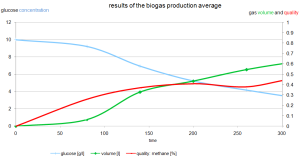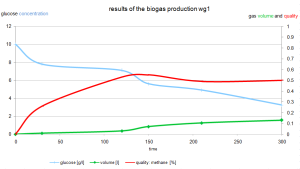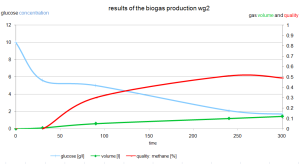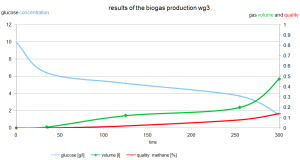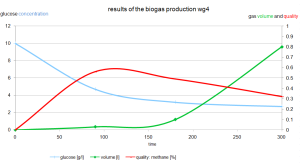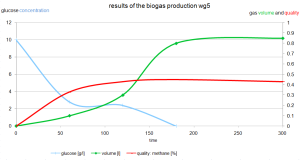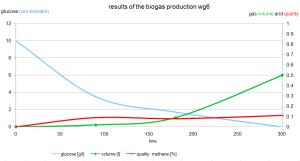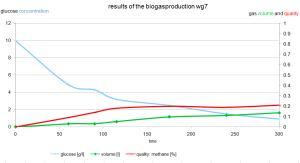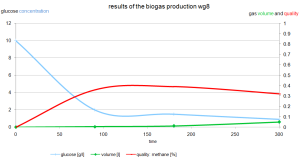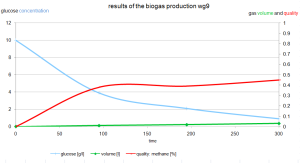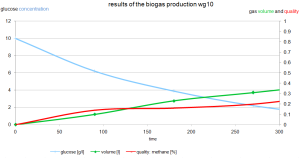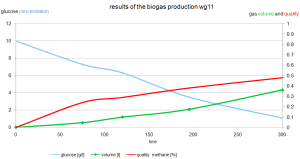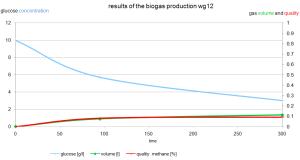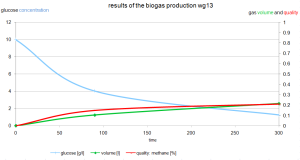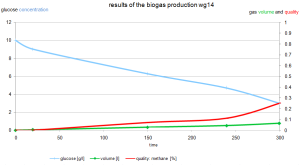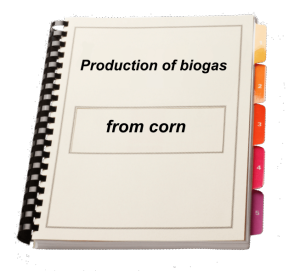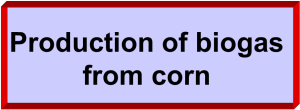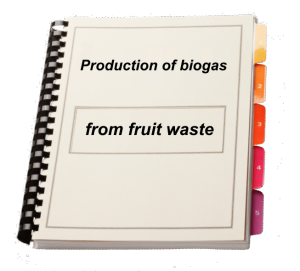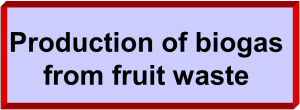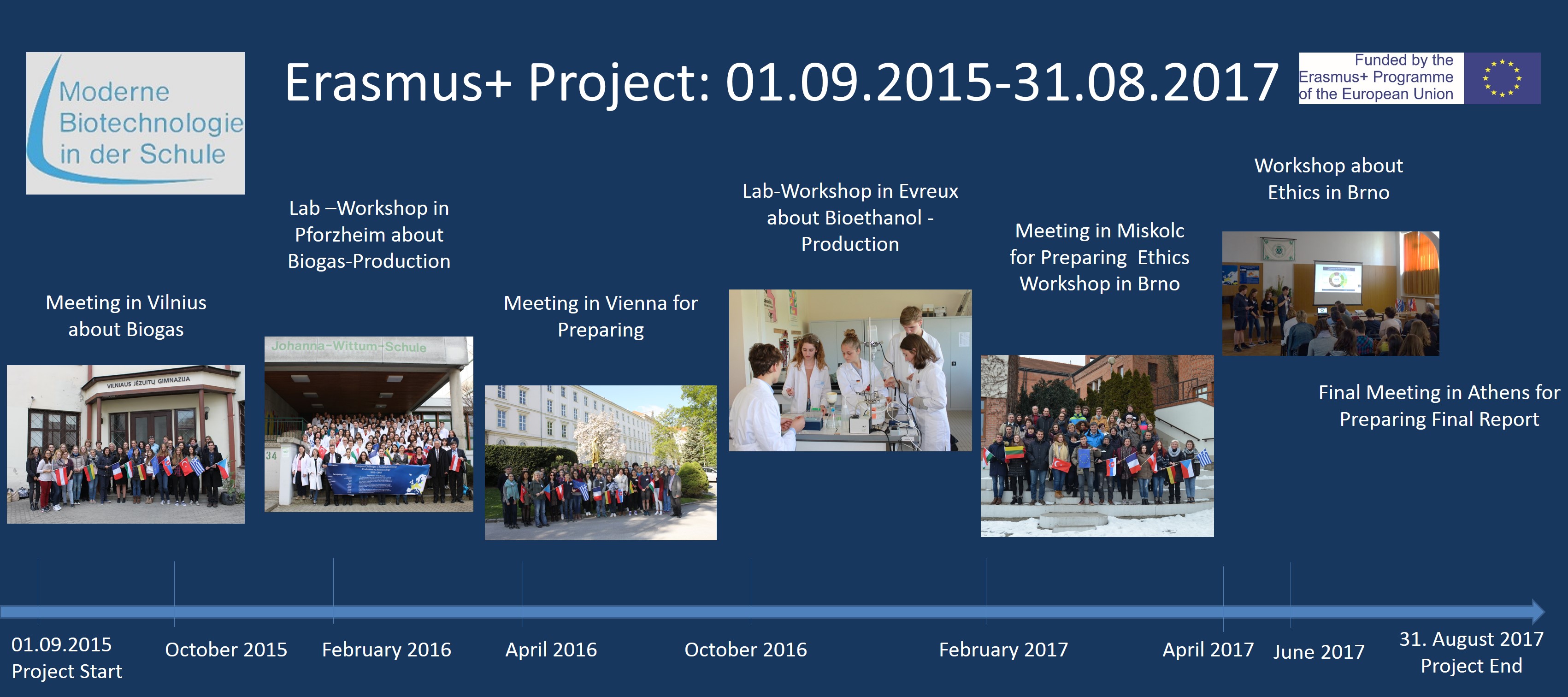Die Biogasproduktion wurde von 14 internationalen Arbeitsgruppen durchgeführt. Das durchschnittliche Ergebnis, Auswertung und Diskussion der 14 Arbeitsgruppen werden im Diagramm unten dargestellt:
Auswertung und Diskussion
Das Diagramm zeigt das durchschnittlich Ergebnis der Biogasproduktion, mit Mais als Substrat während den 5 Stunden der Fermentation.
The blue glucose curve starts at 10 g/l, since we added 10 g glucose per litre of substrate at the beginning. The glucose concentration is decreasing continuously because it’s metabolised by the microorganisms as the easiest energy source.
Die blaue Glukosekurve beginnt bei 10 g / l, da wir 10 g Glucose pro Liter Substrat, am Anfang, dazugeben. Die Glucosekonzentration nimmt kontinuierlich ab, weil es durch Mikroorganismen abgebaut wird.
Die grüne Kurve zeigt das gemessene Biogas in Liter.
Die rote Kurve zeigt die Gasqualität von Methan(%) im produzierten Biogas.
Es beginnt immer bei 0, da die Organismen während der Befüllung des Behälters aeroben Bedingungen hatten.
Die Qualität hängt auch von anderen Parametern, wie Temperatur, die bei 50 ° C optimal ist. Der optimale pH-Wert ist bei 7, 1.
Die Ergebnisse der 14 Arbeitsgruppen sind in den folgenden Diagramme dargestellt:










